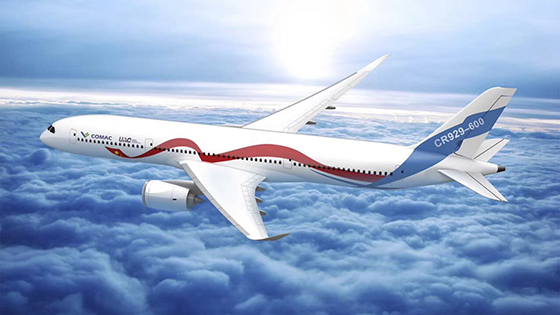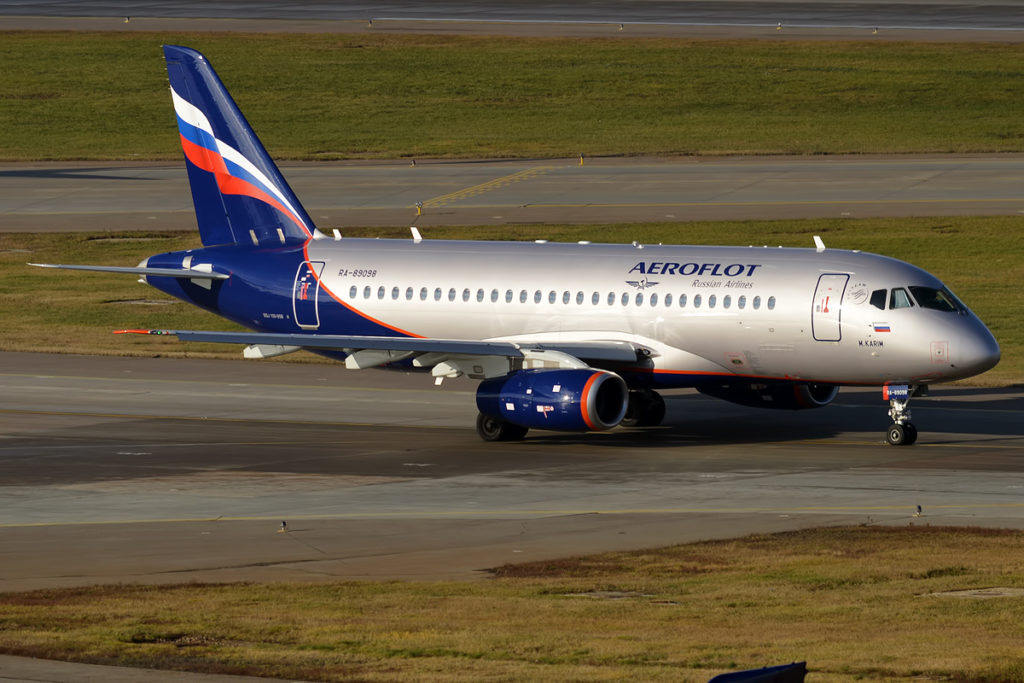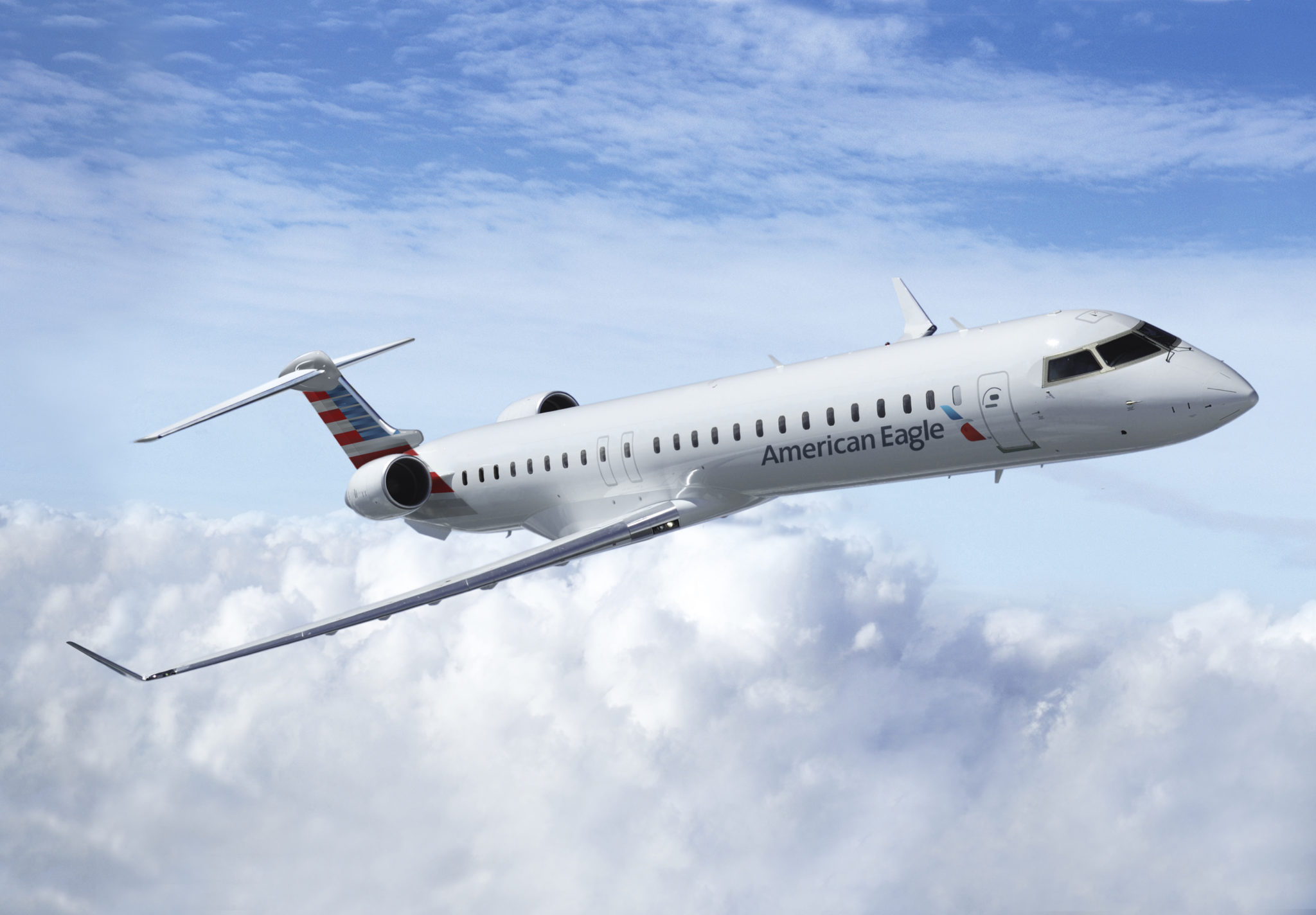Leeham News and Analysis
There's more to real news than a news release.
Pontifications: Assessing the impact of COVID-19: today’s take
April 6, 2020, © Leeham News: It’s going to be quite a while before there is a clear understanding how coronavirus will change commercial aviation.
LNA already touched on impacts to Airbus, Boeing and Embraer. None of it is good. For Boeing, burdened with the additional stress of the 737 MAX, is in the worst position. Even when the MAX is recertified, there won’t be many—or any—customers in a position to take delivery of the airplane.
Bearing in mind that what’s true today will change in a day, or even an hour, let’s take a rundown of where things seem to stand now.
Bjorn’s Corner: Aeroflot SSJ100 crash at Moscow Sheremetyevo Airport
May 10, 2019, ©. Leeham News: An Aeroflot Sukhoi Superjet 100 crash-landed Sunday at Moscow Sheremetyevo Airport and burst into flames.
We shall look closer at the likely cause of the accident, which involves the SSJ100 Fly-By-Wire (FBW) control system working in Direct law.
Chinese and Russian Widebody takes shape. Part 5.
By Bjorn Fehrm
Subscription Required
Introduction
February 12, 2018, © Leeham Co.: In the fourth article about the Chinese/Russian wide-body, CR929, we analyzed the engine selection for the aircraft. Now we continue with a first performance analysis of the CR929 against its main competitors, the Boeing 787-9 and Airbus A330-900.
We will use the preliminary data we have collected for the CR929 and compare this to the data for the 787-9 and A330-900.  It’s the first analysis, on preliminary information. But there is enough knowledge of the key parameters to use our performance model to draw the first conclusions about the CR929’s positioning in the market.
It’s the first analysis, on preliminary information. But there is enough knowledge of the key parameters to use our performance model to draw the first conclusions about the CR929’s positioning in the market.
Summary:
- The CR929-600 is modeled closely after the 787-9. The technology for structures, systems, engines and aerodynamics are similar.
- With a similar payload capacity, the fuel consumption should be better as the CR929 is defined with a lower maximum range.
- It’s wider cabin eats up the weight and drag advantage, however. There will be little difference between the efficiency of the 787-9 and the 15 years younger CR929.
Chinese and Russian Widebody takes shape. Part 4.
By Bjorn Fehrm
Subscription Required
Introduction
February 1, 2018, © Leeham Co.: In the third article about the Chinese/Russian widebody, CR929, we looked at the challenges the aircraft poses to the involved manufacturers. Now we continue with analyzing the project’s engine needs.
The CR929 is sized to use engines from the Boeing 787 project. Both GE Aviation and Rolls-Royce got Request for Proposals (RFPs) on 22 Dec. 2017. In addition, the Russian and Chinese engine industry wants to develop an engine for the project.
Summary:
- The Chinese and Russian widebody program needs engines in the 75,000lbf thrust class.
- The project’s engine specification is closely modeled after the engines available from the Boeing 787 project.
- In addition to the available 787 engines, the Chinese and Russian engine industry is trying to unite behind a joint engine proposal.
Chinese and Russian Widebody takes shape. Part 3.
By Bjorn Fehrm
Subscription Required
Introduction
January 25, 2018, © Leeham Co.: In the second article about the new Chinese/Russian widebody, CR929, we looked at the size of the aircraft and its passenger capacity. The CR929 can be best described as a shorter range version of Boeing’s 787-9. We also presented the chosen technologies for the project.
Now we continue and look at the challenges the aircraft poses to the involved manufacturers. Neither of them (COMAC of China and United Aircraft of Russia) have developed and certified an aircraft like the CR929 before.
 Summary:
Summary:
- The Chinese and Russian widebody program has high ambitions. The structure shall be composites and the systems state of the art.
- We now go through the aircraft’s chosen technologies and review what experience base the Chinese and Russian aeronautical industry has and what challenges they will face. Read more









